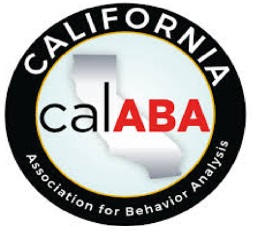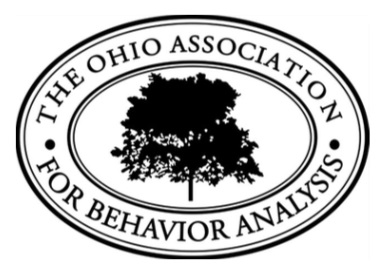Step 4: Organizing the Roll Out
Make your in-house trainings go smoothly
PCMA will help to ensure your first trainings for your staff go smoothly by providing guidance in staff selection and a step by step process based on best practice for your internal roll-out and training materials that make teaching classes straightforward.
Do you recognize these problems?
Do you have these goals and desires?
I have a large number of staff to train and ensuring that everyone is trained in a timely manner while minimizing any disruption/reduction of services is a real headache. It’s just not that simple to pull key staff members off the floor for several consecutive days.
I’m worried that putting the training together may be overwhelming for some of my new instructors. There are many things for them to consider, training location, safety equipment management, coordinating staff schedules and finding replacements, etc., and we really don’t want to have to reinvent the wheel.
I’m sometimes uncertain of how to prioritize the staff to send to training. Sometimes a teacher or supervisor is being insistent that their staff be trained first, but I don’t know what to say to them.
I want all my staff trained, but I want this done as efficiently as possible so that no staff are learning things that they probably won’t need. I have some staff who work with individuals who are not terribly aggressive but still need to be physically managed on occasion. It would be a tremendous waste of resources to over-train those staff.
I would like to use a system that has the flexibility to allow for partial-day and spaced-day trainings and has different levels of certification with different training hours so that I can prioritize staff needs and schedules.
I would like to know that my new instructors and administrative support staff are well-prepared for upcoming trainings and have some sort of “start-up” guide that will minimize any confusion and/or down time in prepping for trainings or conducting them.
I would like to have some sort of guide that will help me to prioritize which staff to train first and gives me a rationale so that I can explain my decisions to others who feel that their need is greater.
I need a systematic way to determine the level of training needed for all my staff. Something that would consider the fitness level of my staff, and the type, frequency and severity of behavior problems in their work locations.
Introducing the PCM Rollout Ready model

To set your organization up for a smooth roll out the PCMA signature system provides a bundle of handy tools and a set of step by step instructions that take the guess work away. After all, why would you reinvent the wheel?
“Having an organized rollout is like having a guided tour in an unfamiliar city. You not only made aware of points of interest, but you are kept away from unsafe areas.”

“Organize the Roll Out” , the fourth step in the PCM system, is the first step in the Roll Out Stage of the PCM. It is designed to setup an effective implementation of PCM within an organization.
The PCM Rollout Ready model explained
Our model for organizing rollout will help guide your staff not only in terms of what to expect during training and how to handle questions and set training expectations with staff, but it also contains 3 useful tools: 1) The Problem Behavior Staffing Tool (PBST), 2) The Danger Matrix and 3) the PCM SchedFlex.
- PBST (Problem Behavior Staffing Tool) (pre-course)
There are so many aspects of training to consider. Which staff should be trained? Who should be trained first? At which level should they be trained? The PBST helps staff analyze the kinds of behavior problems they are facing such as the "level of dangerousness" using our “Danger Matrix,” the number of needed staff in a given area, and the level at which those staff should be trained. Using the PBST along with the Danger Matrix will save time and resources by ensuring that staff learn only those procedures that are needed at their specific work locations. Logistical things like the presence of mats where they might need to be are also part of this tool. - SchedFlex (pre-course)
The SchedFlex is a tool helps to organize initial trainings and maximize the use of staff time. The tool uses information like the number of required training hours for the level of certification, the size of the group to be trained, daily hourly training limits set by administration, then based on the priority of need for training revealed in the PBST, the training coordinator may decide to train one group in consecutive days, but another lower priority group might only receive training for 2 or 3 hours per day over two weeks to reduce the number of full days missed from normal duties.
It also provides examples of flexible training scenarios. - My first training
“My first training” is a document that guides new instructors, in a step by step process, through their first PCM class. It is written in such a way that it also supports a split level training in case the instructor is dealing with multiple practioner levels in one groups.
Testimonial
"PCMA was very supportive throughout our roll out process. From initial meetings with our administrative team and discussing ways the system might support the needs of the building, to planning for the initial training of staff and then to initial implementation: PCMA was available for questions and problem solving. They continue to be responsive to questions and accessible for support, allowing the system to be implemented consistently".
Beth Plumb, M.Ed, BCBA, Education Consultant

Over time we have developed a strong set of best practices to organize a smooth roll out of the new Professional Crises Management system




A sample of the Applied Behavior Analysis Associations we participate with

